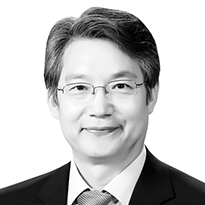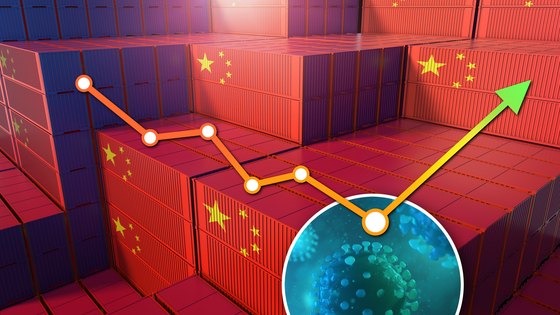[Column] China’s rapid growth is not sustainable
Published: 04 Jan. 2023, 19:47

The author is a professor of economics and head of the Institute for Future Strategy at Seoul National University.
China will attract the most attention from the rest of the world for a considerable period of time from now given the weight of its economy and external policy in the international society. How will the Chinese economy perform? Could its economic performance indicate its external policy direction? Some still believe China could keep up growth in the range of 5 to 6 percent until 2030. They think China is exceptional.
In theory, the growth rate will slow when income increases. But China could be made an exception, according to some. Given its gargantuan labor force and rising education standard, its growth potential has some room to grow, they believe. The collective training and competitive system of the elite class also could generate able bureaucrats and politicians as in the past.
But Chinese exceptionalism can hardly be proven by theory. First of all, China’s abundant labor resources will thin in time. The rural population will not migrate to cities anymore as they are already packed. The long-held one-child policy also will help reduce the labor supply sharply.
The effect of the human capital accumulation from education also has not been substantial. It turned out that China’s growth rate stayed under 1 percent annually during the period when the higher-educated generation substituted the elder generation stripped of quality education opportunities during the Cultural Revolution.
The argument that China can prosper on collective learning is also a myth. Can collective learning under the rigid One-Communist Party system be more effective in fostering human capital than democracy that encourages liberal education and debate? If so, how could the Chinese government come up with such irresponsible zero-Covid-19 policy?

The Chinese economy is slipping into the middle-income-country trap. Productivity that determines the long-term growth rate has sunken sharply. From 1978 to 2008, when the economy grew 10 percent on average a year, two thirds of its staggering growth was due to increased capital and labor and another one third to rising productivity. But the productivity that grew 3 to 4 percent annually fell below 1 percent from 2009. The downward trend has deepened since 2014. China’s fast growth over the past 15 years stemmed largely from the infrastructure investment to build factories, housing and roads — and less from structural reform and innovation. Extensive growth led by capital and labor input is not sustainable. Labor supply has begun to slow and the share of capital investment in raising the growth rate has halved from the past levels. To sustain the growth rate of the past, China must make greater leveraged investments. China must choose between a rapid growth led by debt and a modest growth of 3 to 4 percent.
The middle-income-country trap for China could be deeper due to its one-party system. China was able to run at a stunning growth pace for a lengthy period because its transition to a market economy from the socialist regime was coupled with industrialization from an agricultural society. But the growth drive from migration to urbanization has tapered off, and the regime transition has been suspended without the core change — privatization of public enterprises and banks. Productivity increases when promising private companies join the market, while uncompetitive public enterprises are let to go under. But bankruptcy of nationalized enterprises is not tolerated by the Communist Party. The privatization scheme has come to a stop since President Xi Jinping took power. Bank privatization is just a pipe dream. Major channels that can help boost productivity have all been blocked.
State enterprises and banks buttress the Communist Party. Public enterprises can borrow money cheaper than private companies from state banks. The funds are even used by them to lend the money to other companies at higher rates in shadow financing or used to buy properties. If the head of a public enterprise is a member of the Communist Party, he or she can be paid higher than a civilian. As long as the collusive system remains intact, the value of the party and loyalty will rise. The chain needs be cut off to hone productivity, but President Xi does not feel the need.
How will the Chinese economy affect the international order and geopolitics? If the Xi government carries out policy to deleverage debt at the expense of slower growth, external policy could turn farsighted. Beijing would likely avoid stoking risks for at least a few years and concentrate on building economic resilience. But if China gives up on debt reduction and instead attempts to accelerate growth through stimuli measures, it could be implying restlessness. Then, external policy could be short-targeted.
Without political reform, China won’t be able to shake out of the middle-income country trap. China has arrived at a point where politics and economy are clashing. The global community will be affected by unpredictable China. Anxiety prevails over hope in the new year.
Translation by the Korea JoongAng Daily staff.










with the Korea JoongAng Daily
To write comments, please log in to one of the accounts.
Standards Board Policy (0/250자)